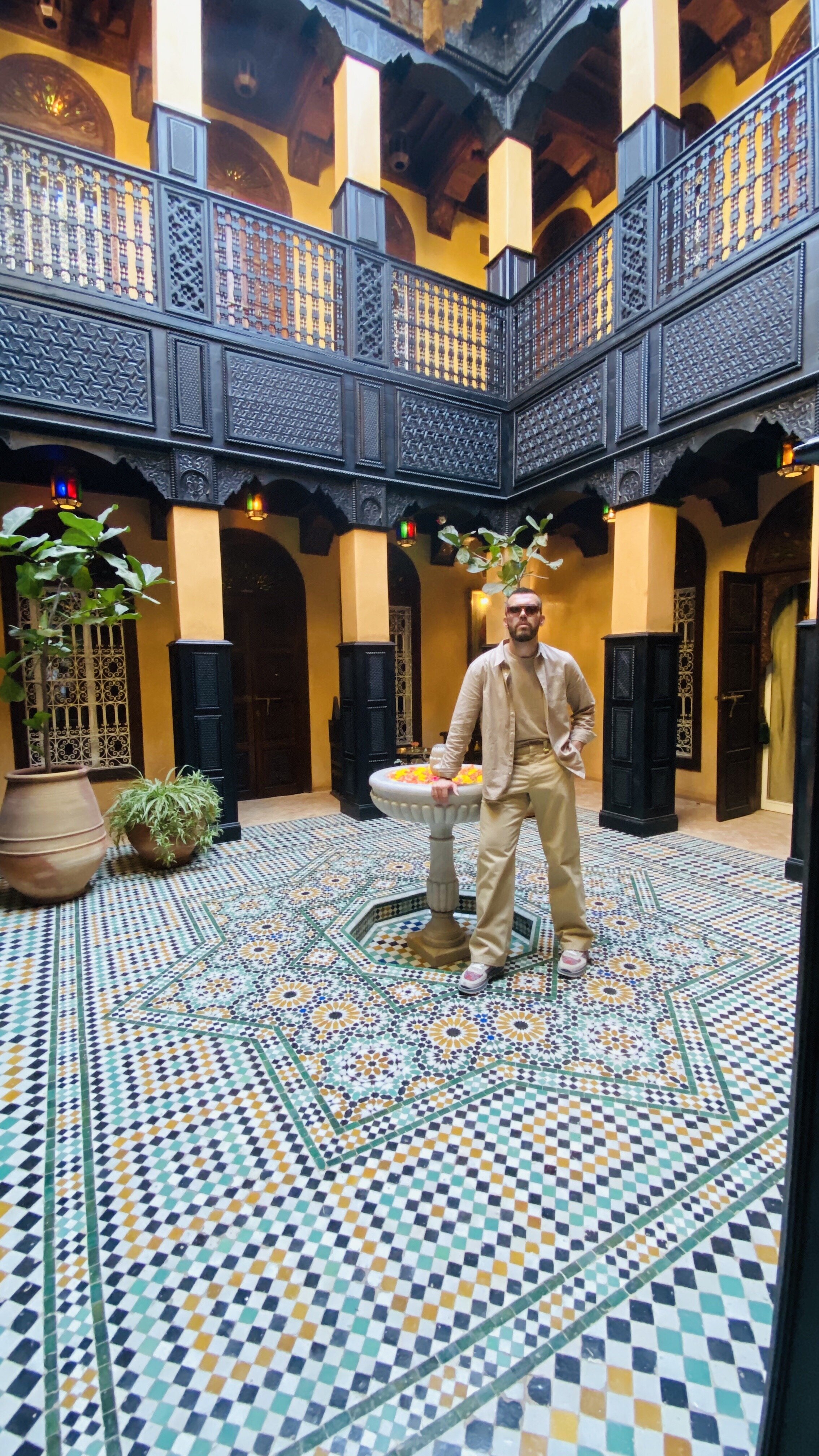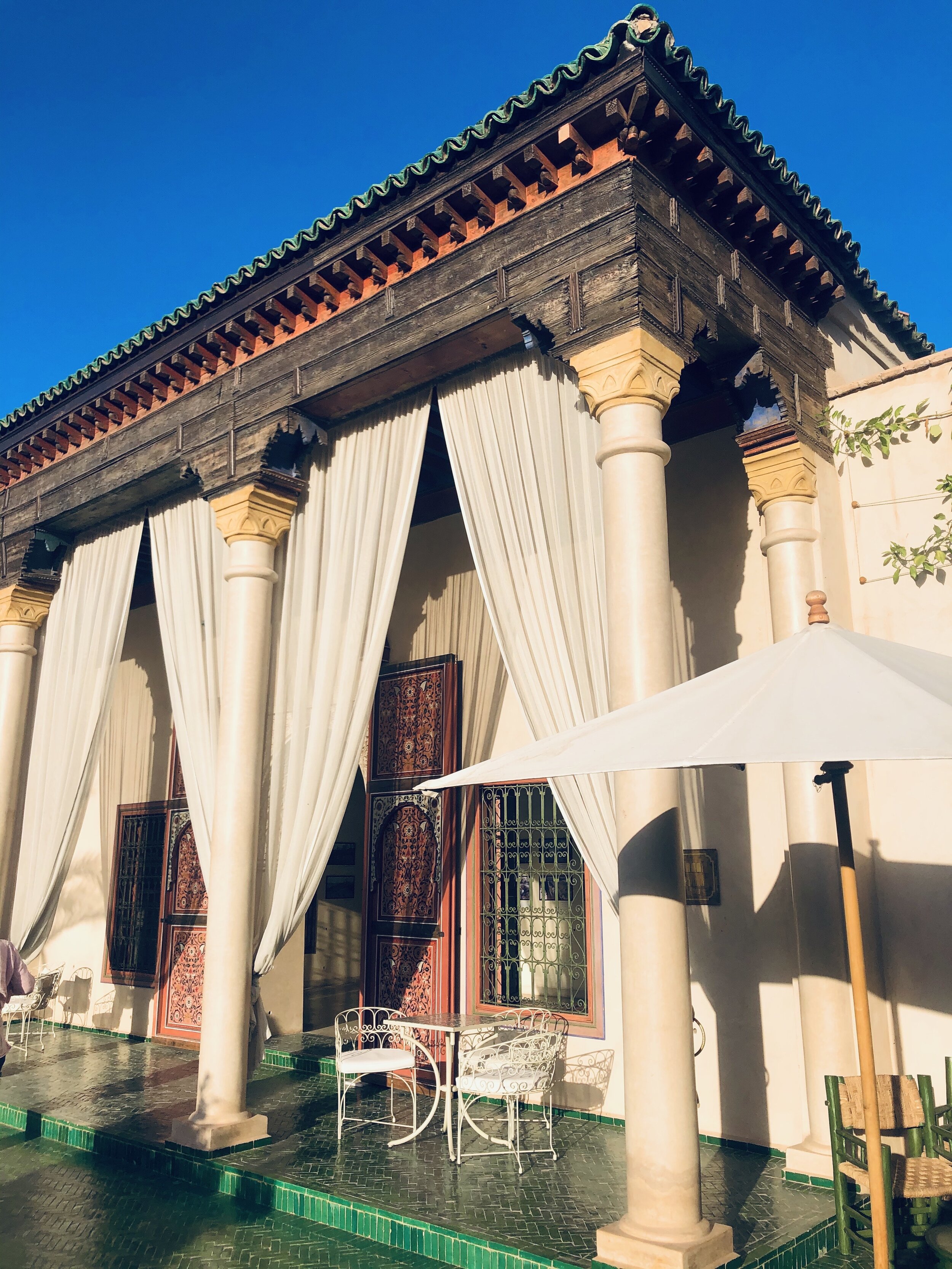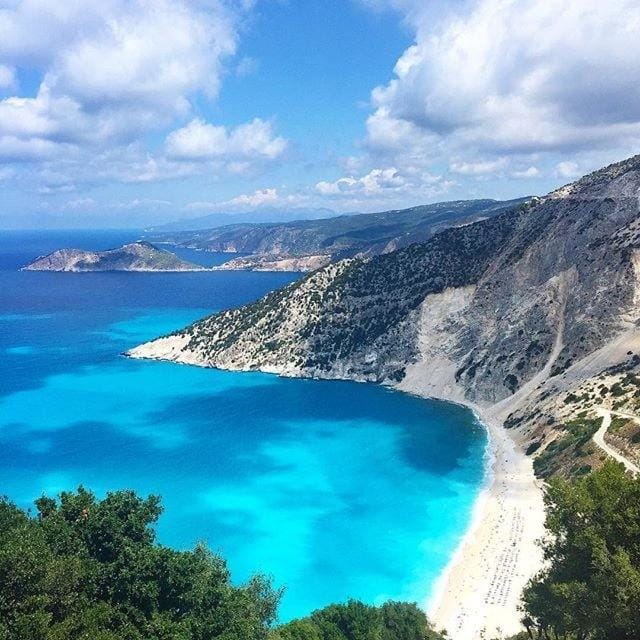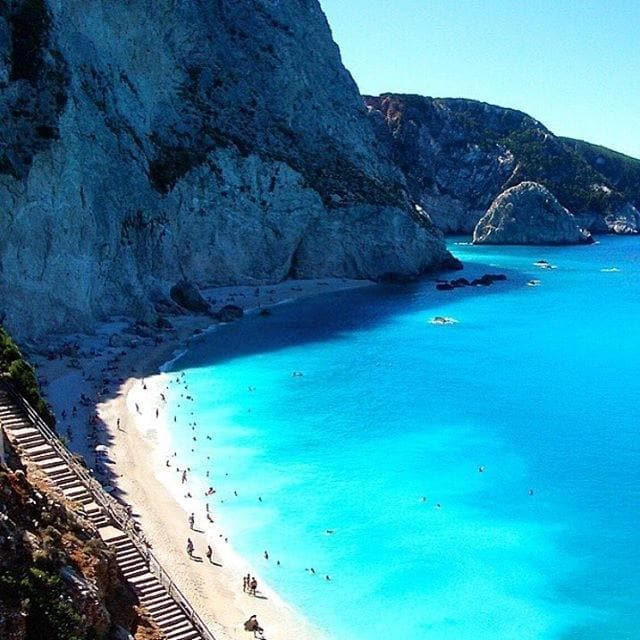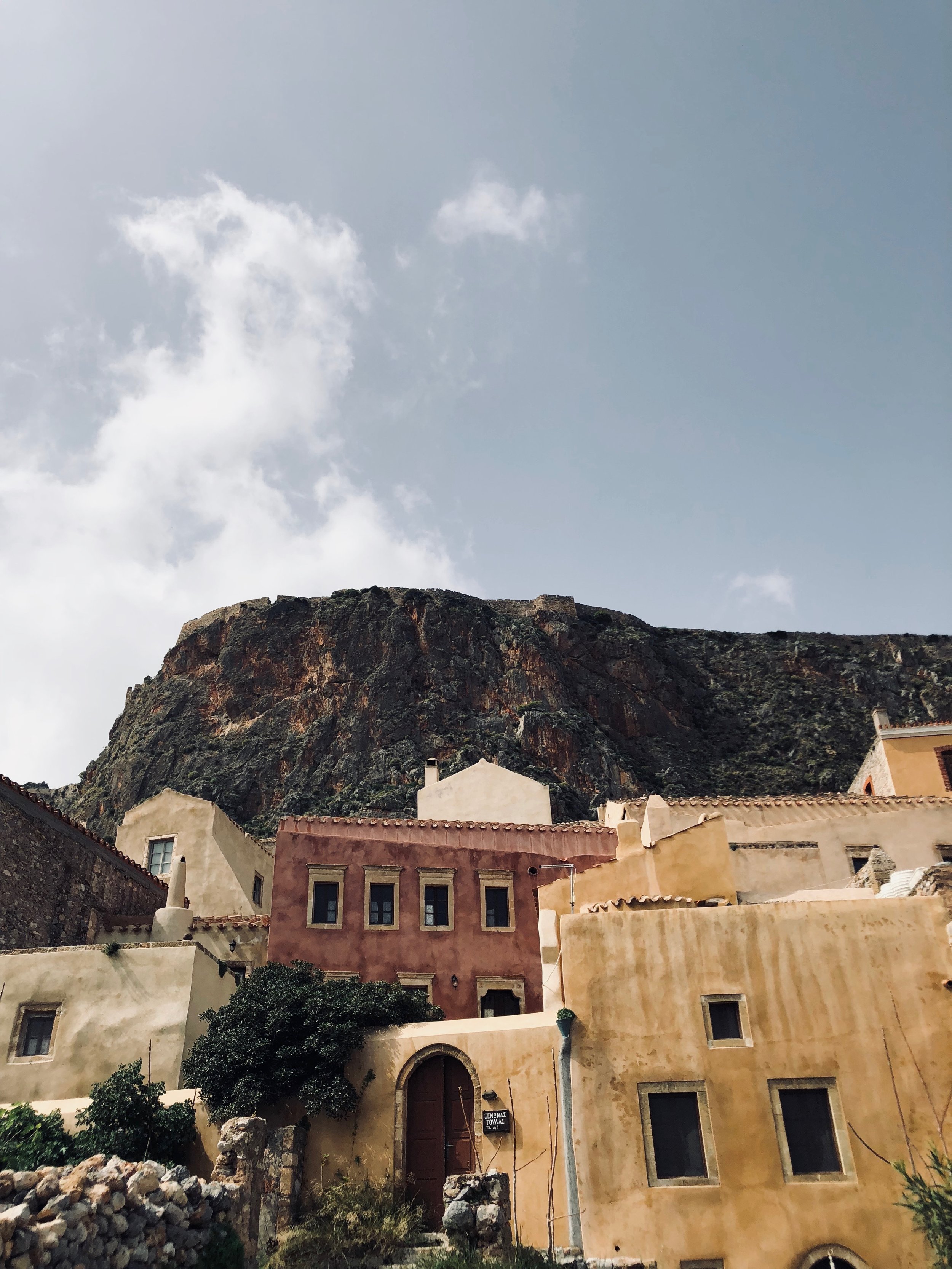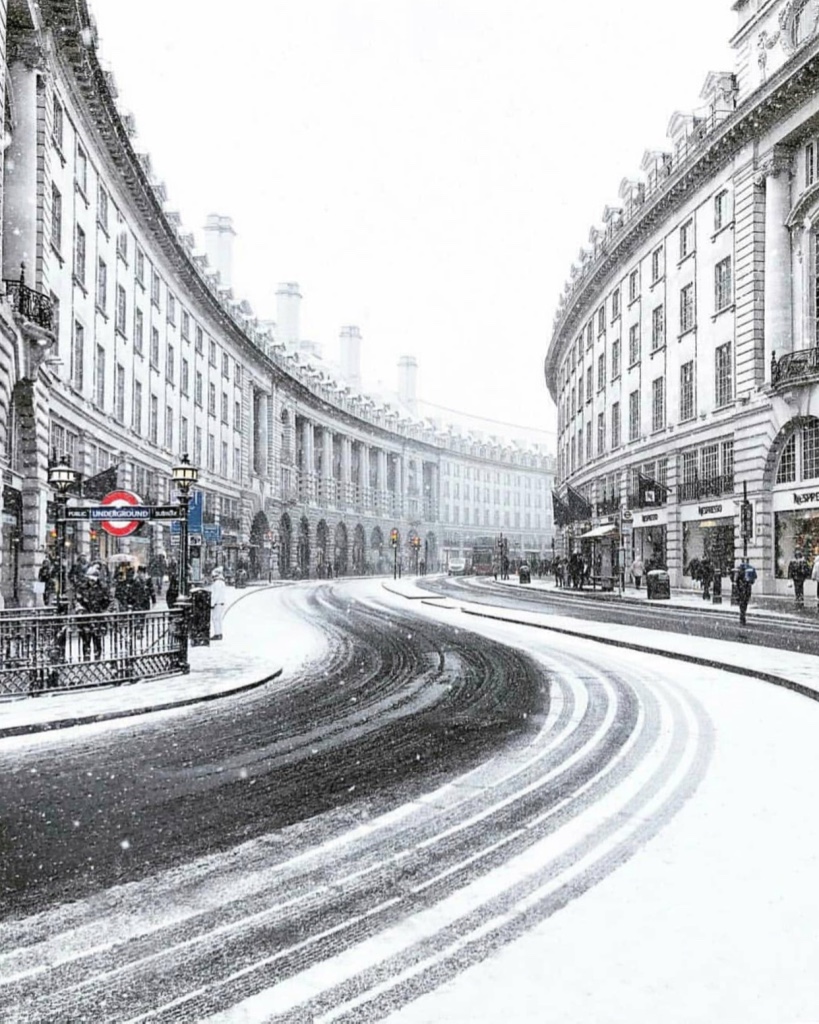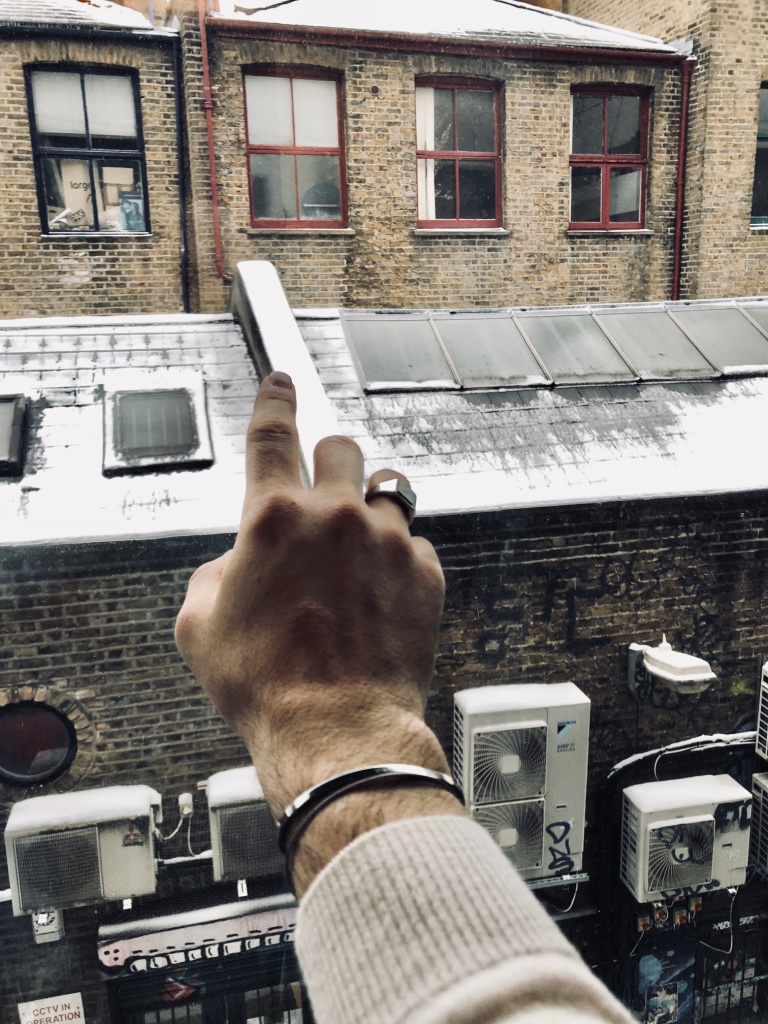I find it hard to write about Spetses. I’ve known it too long, loved it too well. I visit the island very often and I really love it. During the spring and summer time the island is very crowded and popular but off season I still recognize the island I first knew. The crowds of flashy Athenians and their spoiled progeny vanish except on certain weekends, the motorbike traffic drops to bearable, the overpriced boutiques close, removing their casually elegant temptations from my view, and life settles back to its naturally indolent pace. Below you will find some of my favorite places to visit while you will be there.
Behind the cafés, though, two entertainment meccas – the island’s outdoor cinemas – remain unchanged. There are bars and clubs all along the waterfront and concentrated in the Old Harbor and Baltiza (inner harbor). Like Bikini which is the best, votsalo and spetses bar.
Naturally, there are any number of places to eat. Fish fanatics may opt for grilled octopus without frills at the Fish Market near Dapia or Patralis on the water at Kounoupitsa. The latter is fancier but a good place to splurge because the food and service are always excellent. Traditional home cooking and fish are available every day of the year at Roussos Taverna near Agios Mamas, the town beach. You can choose your dish from the stew pots and baking pans behind the counter and the prices are reasonable.
In the Paliolimani, we always used to go for an ouzo at Kapeloyiannis’s tables on the dock and follow up with dinner next door at Sioras’s Exedra. At these places, where the elite meet, you can be sure to see friends, eat well and pay handsomely for the pleasure of sitting right on the water. A more moderately priced eatery in the Old Harbor, just before the road curves into the Baltiza/inner yacht harbor, is the aptly named Kalakathoumena, an expression which means "out of the blue" but taken literally could mean "sitting well". Good food, very agreeable owners.
Following the road into the Baltiza, there are several options we like, depending on the mood and pocket book: Nektarios’s taverna, on the water, for simple, economical dishes; and Costa’s Pizzeria, an institution, on the right side of the road. Costa lived in Italy for years and knows how pizzas should taste and how to keep people coming back for more, year after year.
Continuing on the road all the way around the Baltiza, usually jammed with yachts three-deep in summer and the odd fishing kaiki, will bring you to the promontory with the lighthouse at its tip. Take a look at the karnayio/shipyard at the entrance and then explore the headland. More than a great place to escape bikes and people, especially in the early evening, it is also an open-air sculpture museum scattered with highly imaginative animals crafted by Natalia Mela out of unlikely materials. Nata, a well known Athenian sculptor who made Spetses her summer home, is in her 80s and still producing delightful work from found objects like chains, rakes, tools and sheepbells. Besides her goats and bulls are a mermaid on the shore, a freedom fighter under the lighthouse and, on the new jetty near the Posidonion, a statue of Bouboulina.
Those are some of my favorite places to eat and drink. And what about swimming? At Agii Anargyri, the island’s biggest beach, you can swim into a large cave where women and children allegedly hid during at least one Ottoman raid. The story goes that their wily menfolk placed fezzes on the asphodels that grow by the hundreds near the lighthouse and frightened the enemy away.
By now all the larger beaches are equipped with sunbeds, brollies and tavernas. Closest to town is Agia Marina, which faces the Niarchos family’s island of Spetsopoula, acquired by papa Stavros after his archrival Ari Onassis bought Skorpios in the Ionian. The beach here is a bit stony but I love it in the morning before the wind chops its glassy surface into waves. Until eleven, it’s practically empty except for the oldsters enjoying their daily gossip as they tread water in the shallows with their hats on. If you’re feeling flush, have a drink or lunch at Paradisos behind the beach. Otherwise, Tzortzis on the right offers the same view for much less (and a less exciting but adequate menu).
Heading round the island – by bus, kaiki, or sea taxi if you haven’t rented wheels – omitting the smaller coves, you come to Xilokeriza (once my favorite before the houses were built), Agii Anargyri and Agia Paraskevi. This last had no taverna in our day and we saved it for special occasions – all day picnics and evening lamb roasts. The pines are much diminished since the last fire two-three years ago and the once scarily isolated house above the beach, said to be where the Magus lived, stands exposed and bereft of fantasy. The pines have re-seeded themselves though, so one hopes they will be allowed to grow.
Zogeria, the final biggish bay, faces north. It has always had a taverna and is popular with yachts. Between it and Kounoupitsa/Dapia are a few idyllic coves where pines still reach the water’s edge and cyclamen bloom with the first autumn rains.
But what to wear when you are on the island? When you are on the island the only thing that you need is your swimwear. The vibes are quiet chill and people prefer to stroll around casual and with their swimwear and a T-Shirt.

